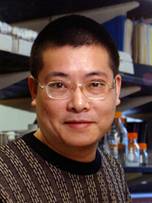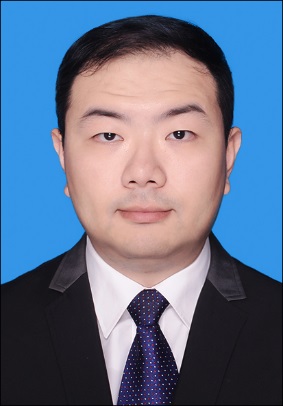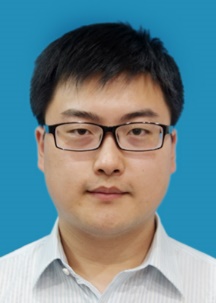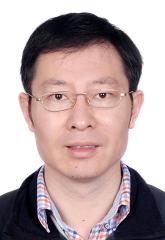Contact Information
Ming Fang, Ph.D., Professor
Tel: 86-25-83790965
E-mail: mfang@seu.edu.cn
Resume
Dr. Fang received his Bachelor’s Degree of Science in 1985, in the Department of Biology, Nanjing University and his Ph. D. degree in 2000, in the Neuroscience Research Institute, Peking University. He did his postdoctoral research in Dr. Alice Larson lab in University of Minnesota at twin cities, MN, USA and Labs of Drs. Ken Cadigan and Gregory Dressler in University of Michigan at Ann Arbor MI, USA. From 2006, he joined Southeast University, Nanjing, China as an Associated Professor in the Basic Medical School. Since 2009, he has been hired as Professor and Principle Investigator in Institute of Life Sciences in Si-Pai-Lou campus.
Research Interests
1. Molecular Mechanism of Developmental Signaling Pathway Emphasizing the Transcriptional Regulation
During development, a single fertilized cell, through many generations of proliferation and differentiation, eventually gives rise to a highly coordinated multi-organ adult. In the process, cells must make many fate decisions to ensure the proper cell specification. One of the mechanisms by which such processes are controlled is the intracellular communication. For example, Wnt expressing cells control/influence the specifications of the neighboring cells by secret Wnt protein which triggers biochemical cascades in the receiving cells. We are interested in further understanding the molecular mechanism of signaling transduction, such as Wnt, using the power of fruit fly genetics. We also use fly cell culture system to explore the transcriptional controlling machinery of target gene expressions. [Read more on Wnt signaling]
2. Epigenetic Control of Gene Transcription
It is commonly accepted that differentiated cell populations are distinct by each other with unique gene transcription profiles or transcriptome. An important question to be answered by developmental biology is how are these specific patterns of gene expression maintained through life long period. Recent advances of this field have led to the attention of the epigenetic control of gene expression, which has been initially elucidated in the fruit fly model system. Another research interest in our lab is how do proteins from the Polycomb group (PcG) and the trithorax group (trxG) families maintain the on and off status of the gene expressions. In particular, their roles in the forming of different combinations of Histone modifications, also termed as ‘Histone code’. [More on PcG&trxG genes and proteins]
Selected Recent Publications (*Corresponding Authors)
1. Tie, F., et al. Polycomb inhibits histone acetylation by CBP by binding directly to its catalytic domain. Proc Natl Acad Sci U S A113, E744-753 (2016).
2. Ju, J., et al. Human fetal globin gene expression is regulated by LYAR. Nucleic Acids Res42, 9740-9752 (2014).
3. Zhang, C., et al. Drosophila UTX Coordinates with p53 to Regulate ku80 Expression in Response to DNA Damage. PLoS ONE8, e78652 (2013).
4. Yang, L., Meng, F., Ma, D., Xie, W. & Fang, M. Bridging Decapentaplegic and Wingless signaling in Drosophila wings through repression of naked cuticle by Brinker. Development140, 413-422 (2013).
5. Hu, Y., Li, X., Xun, Q., Fang, M. & Shen, Z. Drosophila MagT1 is upregulated by PKC activation. Biochem Biophys Res Commun436, 140-144 (2013).
6. Fang, M., et al. Drosophila ptip is essential for anterior/posterior patterning in development and interacts with the PcG and trxG pathways. Development136, 1929-1938 (2009).
7. Fang, M., et al. C-terminal-binding protein directly activates and represses Wnt transcriptional targets in Drosophila. Embo J25, 2735-2745 (2006).





